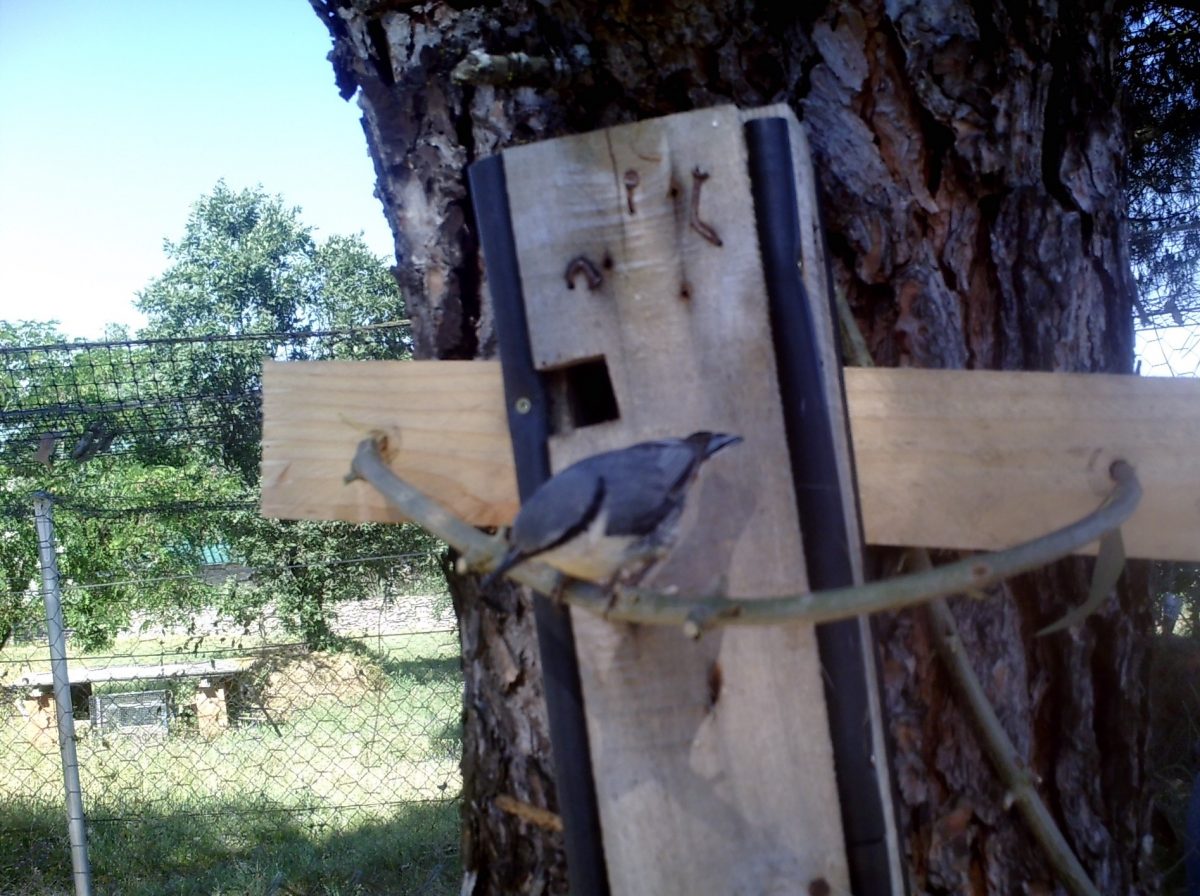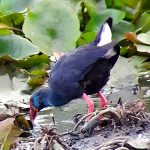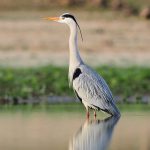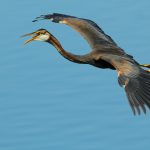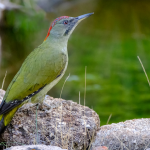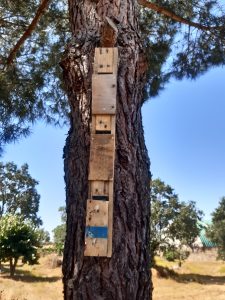
Since I was a child I have been lucky enough to have a small plot of land full of trees: oaks, pines and fruit trees, where many insectivorous birds naturally nested. Even so, with my father’s help we have always tried to facilitate these breeding tasks, especially for the insectivorous birds so beneficial to our fields.
These insectivorous birds often feed on insects considered “pests”, which attack both fruit trees and pines (the processionary caterpillars). In addition to the processionary caterpillars, another “pest” has appeared in recent years, the western conifer seed bug, which is avidly devoured by these small birds. Therefore we have generated a symbiosis in which we enjoy the presence and activity of these birds, and the birds find safe areas to nest.
Placement of nest boxes for insectivorous birds
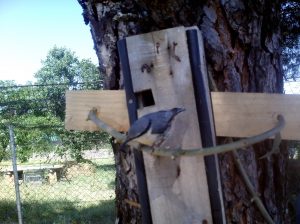
The main purposes of the construction of these habitats are 2. On the one hand to prevent predators from gaining access to the nest and taking the eggs or chicks. On the other hand to try to condition them so that they can only be used by insectivorous birds (mainly small birds), as there are other much more abundant birds such as sparrows that could also use them.
Although neither my father nor I are particularly skilled at photography, I am happy to receive emails in which he passes me photos of the various tenants. For work reasons I have been several hundred kilometres away from my village in recent years… However, these photos make my day when I see that these little birds continue to breed year after year on the plot.
Location
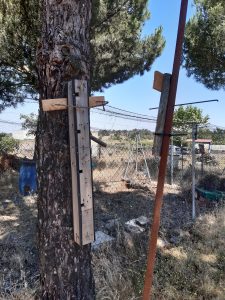
Firstly, the location is key. We need to put it high enough so that no terrestrial predators can get in, and of course in places where they want to. A good option is to place them on a tree trunk, so that we can observe the birds from a distance or even place a camera to take pictures of them.
It is important not to disturb these small birds in their tasks of incubation and feeding their chicks. Therefore, photo-trapping cameras, even if they are not of the best quality, will always be a good option.
Materials
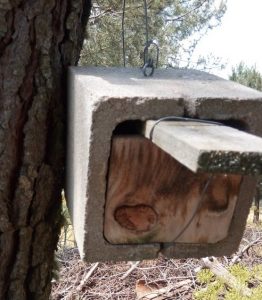
Secondly, we have to consider the material. Normally we use “recycled” materials such as pieces of wood or plastic left over from some small works we do on the plot of land. We can also take pieces of blocks or any other material that can be used to create a habitat in which the birds are safe. Many times it is not necessary to make a big investment but it is enough to use the materials we have at hand.
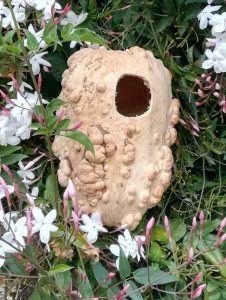
We can also make individual houses or composed of several rooms as in the first picture. Another interesting option we can try is to empty a pumpkin by making a small hole in it. The idea is from my friend Manute and the truth is that it is a very elegant and appealing home. What do you think?
Access
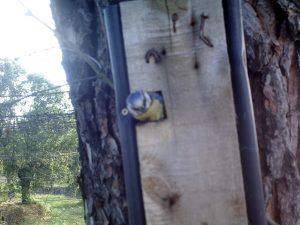
Finally, and perhaps most importantly, we must build an entrance of the exact size so that only the birds we want can access it. Here we can only prevent larger birds from entering than we would like. However, it may also be the case that smaller birds enter. Generally all small birds are insectivores, so we would still be able to meet the objective, which is to make their breeding tasks easier.
In fact, it does not matter if a great tit, a eurasian blue tit, a eurasian nuthatch or a short-toed treecreeper uses this box, the important thing is that they find it useful. In the worst case nobody will use the box but at least we will have tried. I hope that if you have the time and space you will be encouraged to try it. The simple fact that a wild bird decides to “accept” our help and make its breeding work easier is something that any nature lover will be pleased with.

